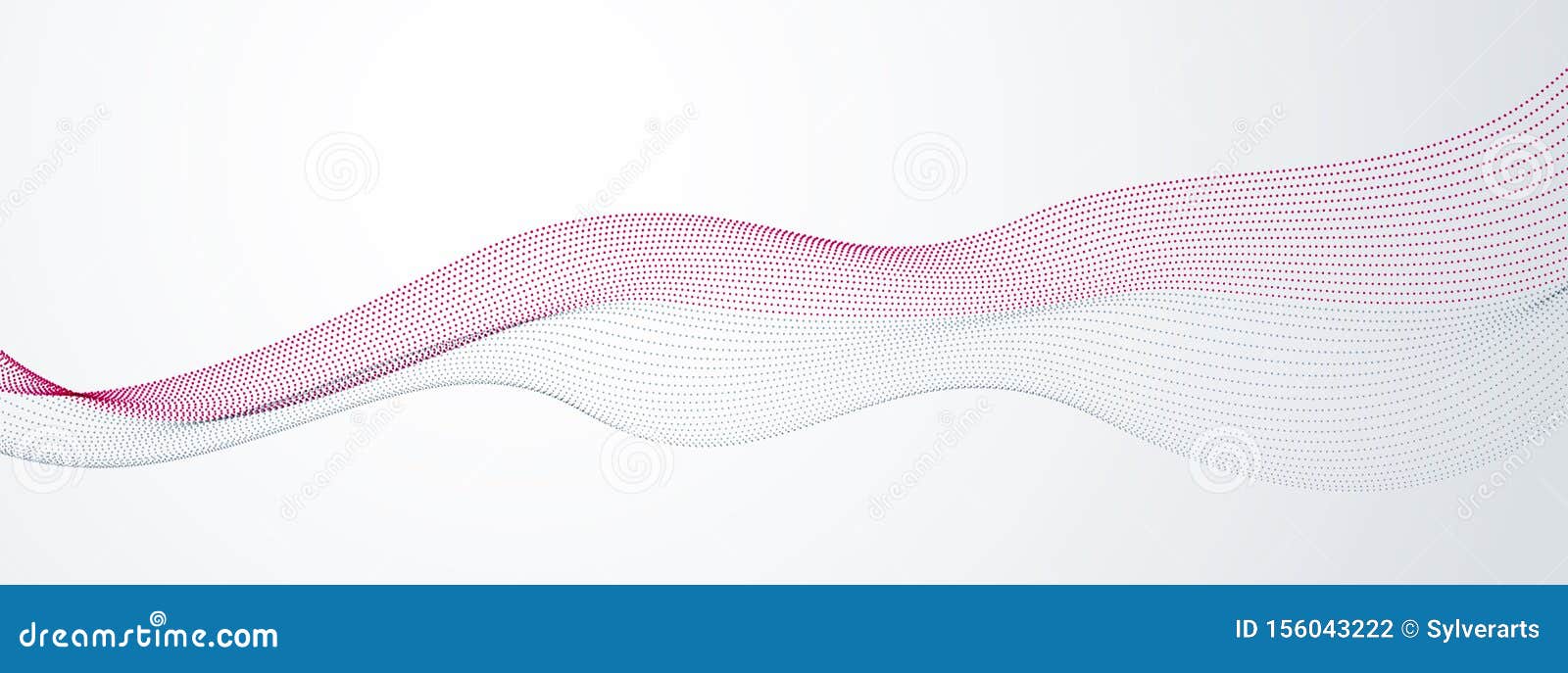

We will look at the theory behind them, the role they play in synthesis, and how they interact with other modules.ġ0 illustrative projects using the Teensy are also presented, showing all wiring and code, for readers interested in making their own hardware.Īn easy to build and use, Teensy-based polyphonic synthesis kit, Mentor, is also available and is described in detail in chapter 9. The reason for the adjective subtractive will become apparent as we consider each of these building blocks of subtractive synthesis in turn. The presentation will proceed, more or less, module by module following the diagram above, with more than 30 webapps designed to illustrate the material in a visual and interactive way. If you are interested in building low level circuits for true analogue synthesis, I recommend the book Make: Analog Synthesizers by Ray Wilson.

#X particles 3.5 demo noise patch software
The coding I use for the interactive web applications is the javascript webaudio library, and for the electronics I use the Teensy and it’s associated Audio Shield, along with the Teensyduino extension of the standard Arduino software environment. I will not attempt to cover basic coding or electronics, since there are many alternative sources that concentrate on such things.


My aim, through the presentations in these pages, is to lead you to a detailed and well-rounded understanding of the theory of subtractive synthesis, make you comfortable with the application of this theory across a wide variety of synthesisers, and also provide some exposure to the process of building such a synthesiser using modern digital hardware.Īlthough just one of many approaches to electronic sound creation, the analogue subtractive approach boasts a primary attraction of constructing sounds right down at the level of the waveform. Subtractive Synthesis is one important technique of electronic sound production, that was first used in the 1960s, and became increasingly available (and affordable) as analogue synthesisers were produced during the 1970s and beyond. Synthesis is the electronic generation of audio signals for use in music or as sound effects, or quite possibly a combination of both. 5.4 Linking the Envelope and the Filter.3.6 Project 4: Two oscillators - control pitch and detune.3.5 Project 3: Three oscillators - control pitch and wavetype mix.3.4 Project 2: One oscillator - control pitch and wavetype.3.3 Project 1: One oscillator - control pitch and amplitude.


 0 kommentar(er)
0 kommentar(er)
